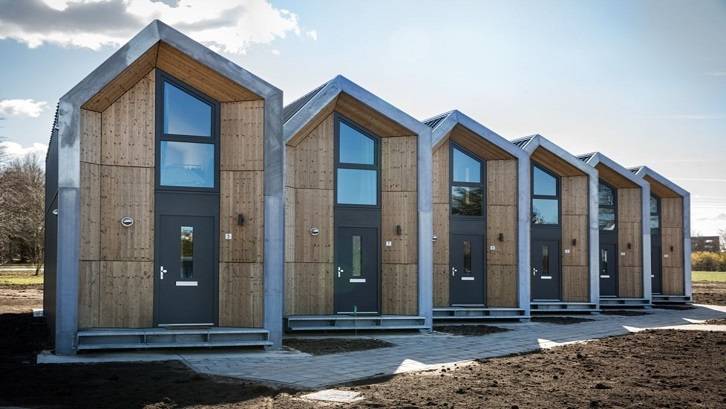HPP Law is Most Updated Tax Policy Regarding Asset Depreciation
In previous articles, TGS AU Partners has informed several tax policies that are regulated in the HPP Law. Starting from tax rates and how to calculate PPh 21, the latest VAT provisions in the HPP Law, into a complete explanation of Tax Amnesty 2. As a follow-up to these articles, this time AU Partners will particularly talk about the latest regulations on HPP Law related to tax policy for the depreciation of buildings.
What are Depreciation and Amortisation?
As it is already known, in almost every sector of economics, there is this term called “depreciation”. In accounting itself, depreciation is something that is used to calculate the value of company assets, especially the value of fixed assets.

Specifically, depreciable or amortizable assets include both tangible and intangible property or costs. It includes the cost of extending building use rights, rights for business use, rights for use, and goodwill, with a useful life of more than one year (except for land that is owned and used in business).
Our Service Recommendations
Depreciation Rates Based on Its Methods
Depreciation and/or amortization may be calculated under the straight-line method or the declining-balance method on an individual asset basis. Once a method is chosen, it should be applied consistently. In calculating depreciation, depreciable assets consist of property and buildings. Therefore, property categorize by its useful life, and buildings are divided into permanent and non-permanent as per the following table below:
| CLASS | DEPRECIATION/AMORTISATION RATE | |
| STRAIGHT-LINE METHOD | DECLINING-BALANCE METHOD | |
| Property with Useful Life of 4 Years | 25 | 50
|
| Property with Useful Life of 8 Years | 12.5 | 25 |
| Property with Useful Life of 16 | 6.25 | 12.5 |
| Property with Useful Life of 20 | 5 | 10 |
| Permanent Buildings | 5 | - |
| Non-permanent Buildings | 10 | - |
HPP Law’s Most Updated Tax Policy Regarding Asset Depreciation
The latest update on tax policy regarding asset depreciation is regulated in HPP Law (Undang-Undang Harmonisasi Peraturan Perpajakan or UU HPP).
The HPP Law stipulates that if a permanent building or an intangible asset has a useful life of more than 20 years, the depreciation or amortization can be carried out using the straight-line method using a 20-year period or the actual useful life based on the taxpayer’s bookkeeping.
Special rules apply for assets used in certain business fields and/or certain areas. Tax depreciation need not conform to book depreciation.
The costs incurred for acquiring rights, with a beneficial life of more than one year, for mining, oil, and natural gas concessions; forest concessions; and other rights to exploit natural resources should be amortised by the production-unit method. Except for the right to acquire oil and natural gas concessions, the depletion rate used should not exceed 20% per annum.
News & Articles Recommendations.





